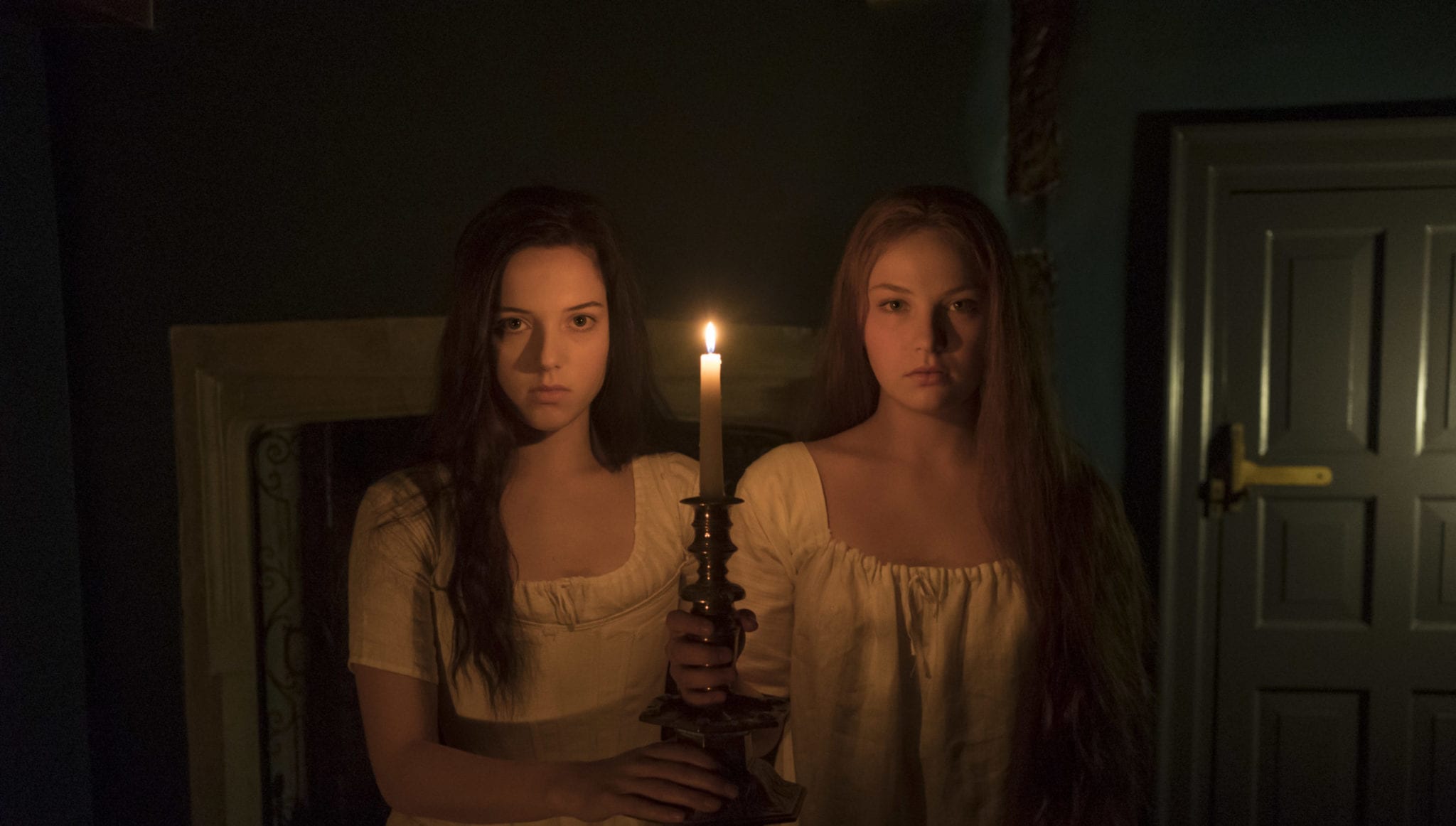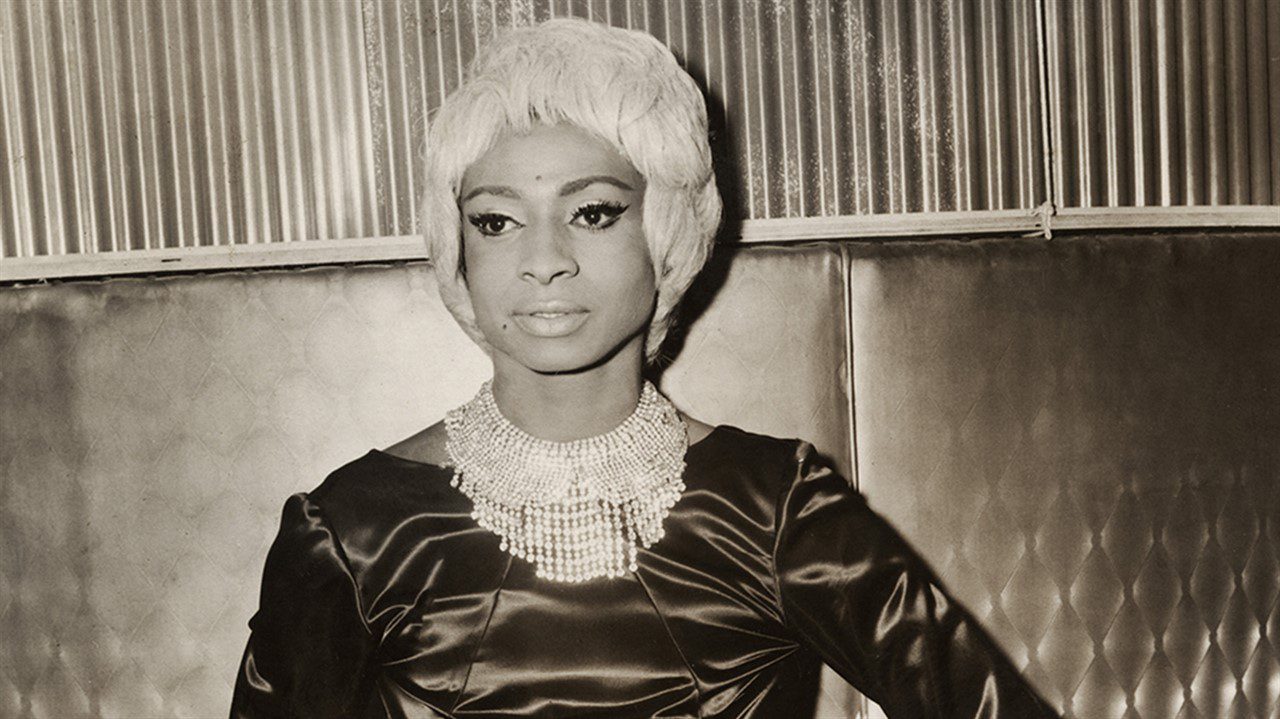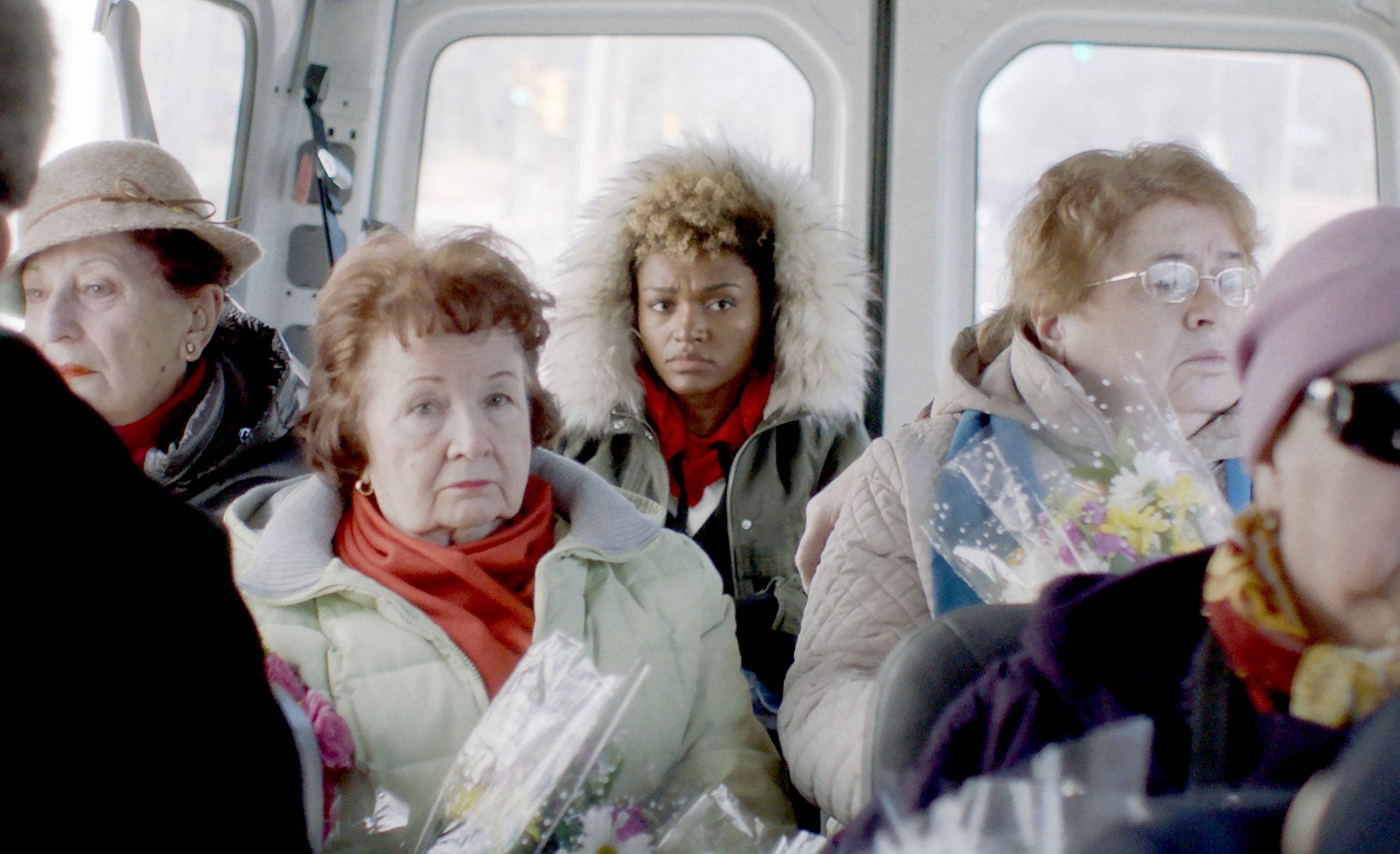Vampires have a wide range of portrayals in our culture. They have scared us (Noferatu, and Dracula), become love interests (the Twilight series), a metaphor for sexual variation (True Blood), comic figures (What We Do in the Shadows), or a mixture of all of the above (Buffy the Vampire Slayer). In Emily Harris?s film Carmilla, we find a story that might make us think about the nature of sin.
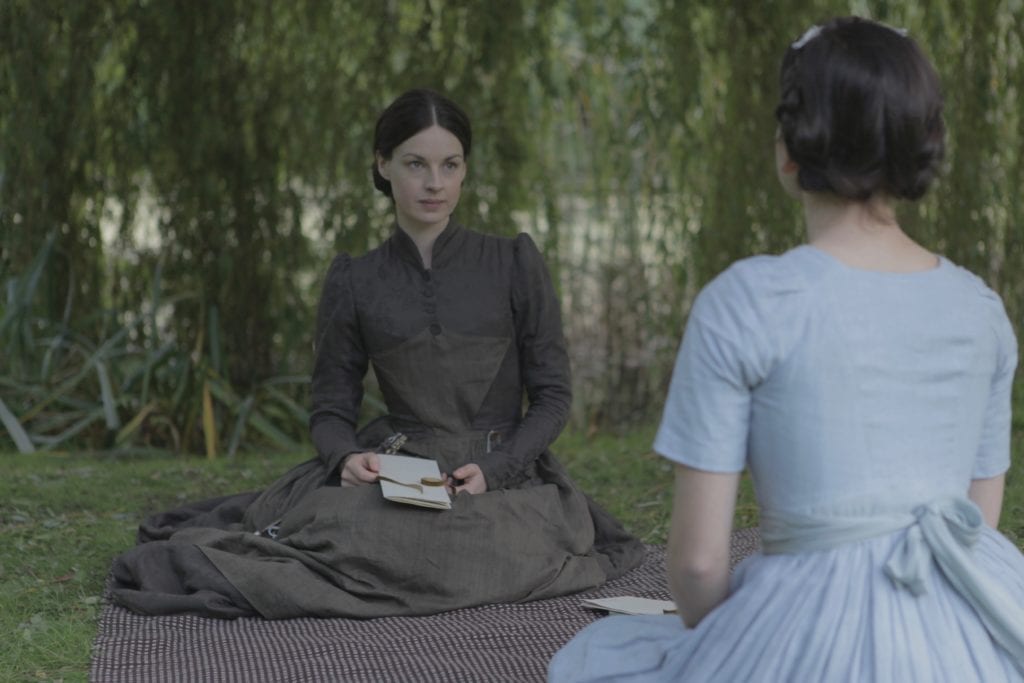
The film is based on a 1871 gothic novel by Joseph Sheridan La Fanu, which predates Bram Stoker?s Dracula by a quarter century. That novel is seen as the prototype of the Lesbian Vampire genre. Lara (Hanna Rae) is a teenaged girl who lives on a remote estate with her father and strict governess, Miss Fontaine (Jessica Raine). The first thing we notice about Lara is that she is left-handed. Miss Fontaine frequently binds Lara?s left hand behind her back to break her of this dangerous habit. (The left hand invites the devil, she says.) We also discover that Lara is attracted to books from her father?s library that have dark illustrations.
Lara is anticipating a visit from a girl from the next town over?an opportunity for companionship that she sorely lacks. But when the girl is suddenly taken ill, that visit is cancelled. But then there is a carriage accident that brings a mysterious girl (Devrim Lingnau) Lara?s age to the estate to recuperate. Lara is very taken by the girl, who they agree should be called Carmilla. They begin to grow close. Carmilla awakens things in Lara that first lead to strange dreams, and then to some romantic encounters with Carmilla. After they become ?blood sisters?, Lara slowly becomes ill.
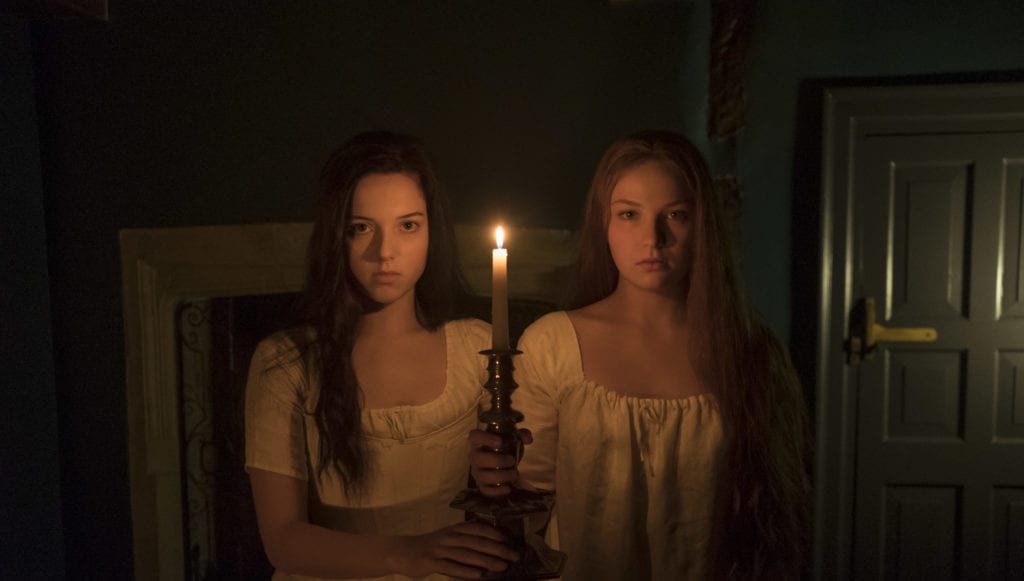
The film offers wonderful cinematography, playing with light and dark, and the beauty and corruption present in nature. The gothic mood of the film comes from the music more than from the darkness that we often associate with such stories.
We might well mark the absence of much of the vampire lore that we expect. There are ample crosses in the story. The girls frequently go out in daylight with no harm. If Carmilla is indeed a vampire, that is seen more in her corrupting, and tempting nature. It is this that raises ideas of the nature of sin.
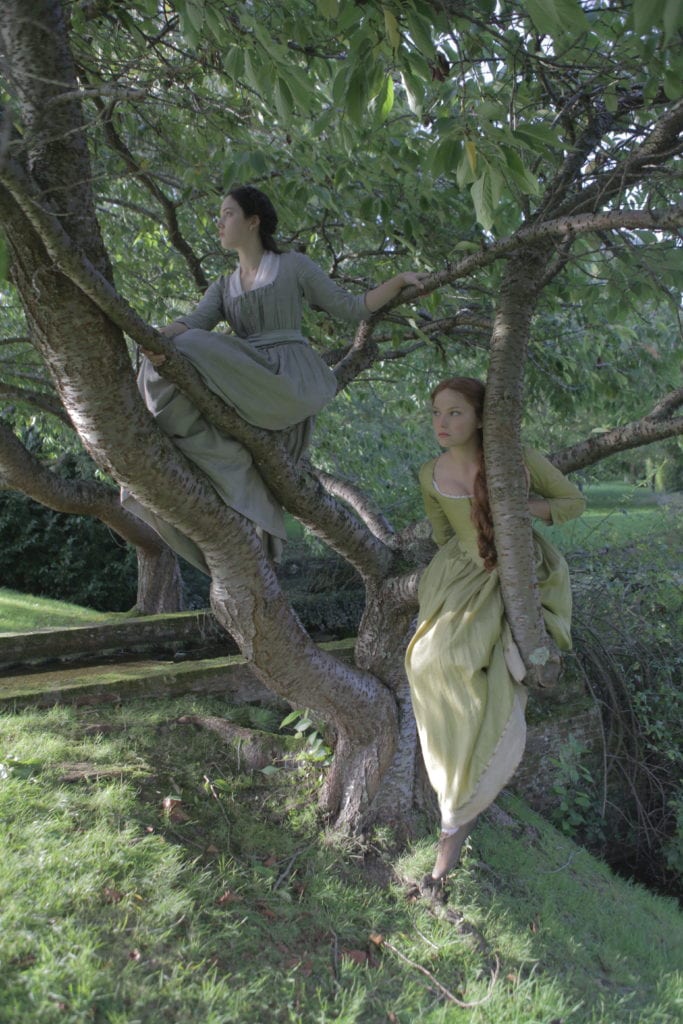
In the story of Cain and Abel, God says to Cain: ?And if you do not do well, sin is lurking at the door; its desire is for you, but you must master it.? (Gen. 4:7, NRSV). From the time we hear Miss Fontaine chide Lara for using her left hand because it invites the devil, we get a picture of a worldview in which sin is looking for an opportunity to capture people?in this case, Lara. Sin and temptation, as seen in the person of Carmilla, is an opportunity to elicit feelings and actions that already have touched lives. It is of interest that books with darkness in them are already in Lara?s house, even if she isn?t supposed to be seeing them. Another such book, even more graphic, is found in Carmilla?s wrecked carriage. (Was it hers?)
The gothic worldview of sin as something outside of us waiting to devour our souls is not resonant with my own theology, but I can appreciate the understanding of sin as a corrupting force the is really a result of what already lies within us.
Carmilla is available through Virtual Cinema at local art house websites.
Photos courtesy of Film Movement.

